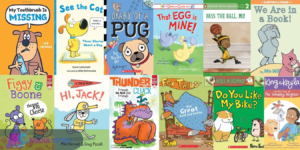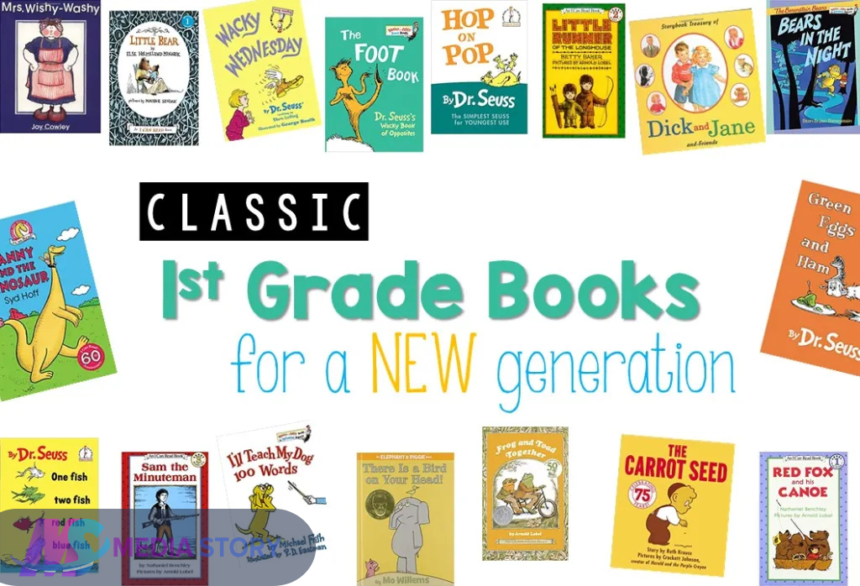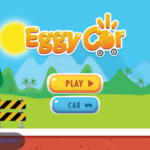Reading is one of the most important skills a child learns in 1st grade. At this stage, books should be fun, engaging, and easy to read, helping children build vocabulary, comprehension, and confidence. If you’re looking for the best 1st grade books, this guide covers top picks, tips for selecting books, and ways to make reading an enjoyable experience.
Why Reading is Essential in 1st Grade
First grade is a crucial time in a child’s literacy journey. At this level, children transition from recognizing letters to reading sentences and short stories. Books designed for 1st graders help develop:
- Reading fluency – Smooth and confident reading skills.
- Comprehension – Understanding and interpreting texts.
- Vocabulary expansion – Learning new words and phrases.
- Love for reading – Encouraging a lifelong reading habit.
1st Grade Books – Quick Summary Table
| Book Title | Author | Theme |
|---|---|---|
| Green Eggs and Ham | Dr. Seuss | Rhyming, humor |
| Pete the Cat | Eric Litwin | Confidence, rhythm |
| The Very Hungry Caterpillar | Eric Carle | Counting, days of the week |
| Frog and Toad Are Friends | Arnold Lobel | Friendship, short stories |
| If You Give a Mouse a Cookie | Laura Numeroff | Cause and effect |
| Little Bear | Else Holmelund Minarik | Simple sentences, family |
| Amelia Bedelia | Peggy Parish | Wordplay, idioms |
| Elephant & Piggie | Mo Willems | Humor, interactive reading |
| Biscuit | Alyssa Satin Capucilli | Predictable text, phonics |
| Brown Bear, Brown Bear | Bill Martin Jr. | Repetition, rhymes |
Top 10 Best 1st Grade Books
Top 10 Best 1st Grade Books
1. “Green Eggs and Ham” by Dr. Seuss
- A classic beginner book with repetitive words and rhymes.
- Helps kids recognize simple sight words.
2. “Pete the Cat: I Love My White Shoes” by Eric Litwin
- Encourages children to read with rhythm and repetition.
- Teaches resilience and a positive attitude.

3. “The Very Hungry Caterpillar” by Eric Carle

3. “The Very Hungry Caterpillar” by Eric Carle
- Great for teaching days of the week, counting, and healthy eating.
- Beautiful illustrations keep kids engaged.
4. “Frog and Toad Are Friends” by Arnold Lobel
- Short stories that focus on friendship and problem-solving.
- Ideal for early readers who are transitioning to chapter books.
5. “If You Give a Mouse a Cookie” by Laura Numeroff
- A fun, circular story that teaches cause and effect.
- Perfect for interactive reading sessions.
6. “Little Bear” by Else Holmelund Minarik
- A heartwarming early reader book with simple yet meaningful stories.
- Helps children build sentence comprehension.
7. “Amelia Bedelia” by Peggy Parish
- Introduces humor through wordplay and idioms.
- Encourages children to think critically about language.
8. “Elephant & Piggie Series” by Mo Willems
- Engaging, humorous stories with simple, repetitive text.
- Great for developing reading confidence.
9. “Biscuit” by Alyssa Satin Capucilli
- Simple stories with predictable text for beginning readers.
- Encourages independent reading.
10. “Brown Bear, Brown Bear, What Do You See?” by Bill Martin Jr.
- Rhyming, repetitive text that builds reading fluency.
- Colorful illustrations help with word association.
How to Choose the Best 1st Grade Books
When selecting 1st grade books, consider:
1. Reading Level
Books should be simple, repetitive, and phonics-based to help young readers practice fluency. Look for sight words and easy sentence structures.
2. Engaging Content
Children love funny, colorful, and interactive books. Choose stories with vivid illustrations, rhymes, and engaging characters.
3. Educational Value
Select books that teach life lessons, problem-solving, and social skills while improving vocabulary and comprehension.
4. Series Books
Book series like “Elephant & Piggie” or “Frog and Toad” help kids stay engaged with familiar characters and predictable storytelling patterns.
Tips for Encouraging 1st Graders to Read
1. Make Reading a Daily Habit
Set aside 15-20 minutes daily for reading time. This can be bedtime stories or independent reading sessions.
2. Let Kids Choose Books
Children are more likely to read books they find interesting. Let them pick from a selection of age-appropriate books.
3. Use Interactive Reading Techniques
Encourage reading aloud, asking questions, and acting out scenes to make reading fun and engaging.
4. Praise and Encourage
Celebrate small achievements and provide positive reinforcement to boost reading confidence.
5. Visit Libraries and Bookstores
Expose children to a variety of books and let them explore different genres.

FAQs

FAQs
1. What is a good book for a 1st grader to read?
Books like “Green Eggs and Ham,” “Pete the Cat,” and “Elephant & Piggie” series are great for early readers.
2. How do I know if a book is right for my 1st grader?
Look for books with simple words, short sentences, repetitive phrases, and engaging illustrations.
3. Should 1st graders read chapter books?
Yes, but they should start with simple chapter books like “Frog and Toad Are Friends” before moving to longer texts.
4. How can I help my child become a better reader?
Encourage daily reading, ask comprehension questions, and use interactive reading techniques.
5. What are sight words, and why are they important?
Sight words are commonly used words that children should recognize instantly (e.g., “the,” “and,” “it”). They help build reading fluency.
6. How many books should a 1st grader read per month?
It depends on their pace, but a goal of 4-6 books per month can help improve reading skills.
Final Thoughts
Finding the best 1st grade books is essential for developing reading skills and fostering a love of literature. By choosing engaging, age-appropriate books, creating a daily reading habit, and using interactive strategies, parents and teachers can help young readers grow into confident book lovers.
Encourage your child to explore, read aloud, and enjoy books—because every great reader starts with a great book!







